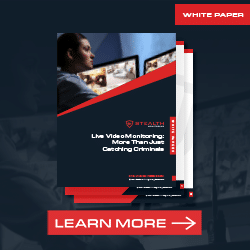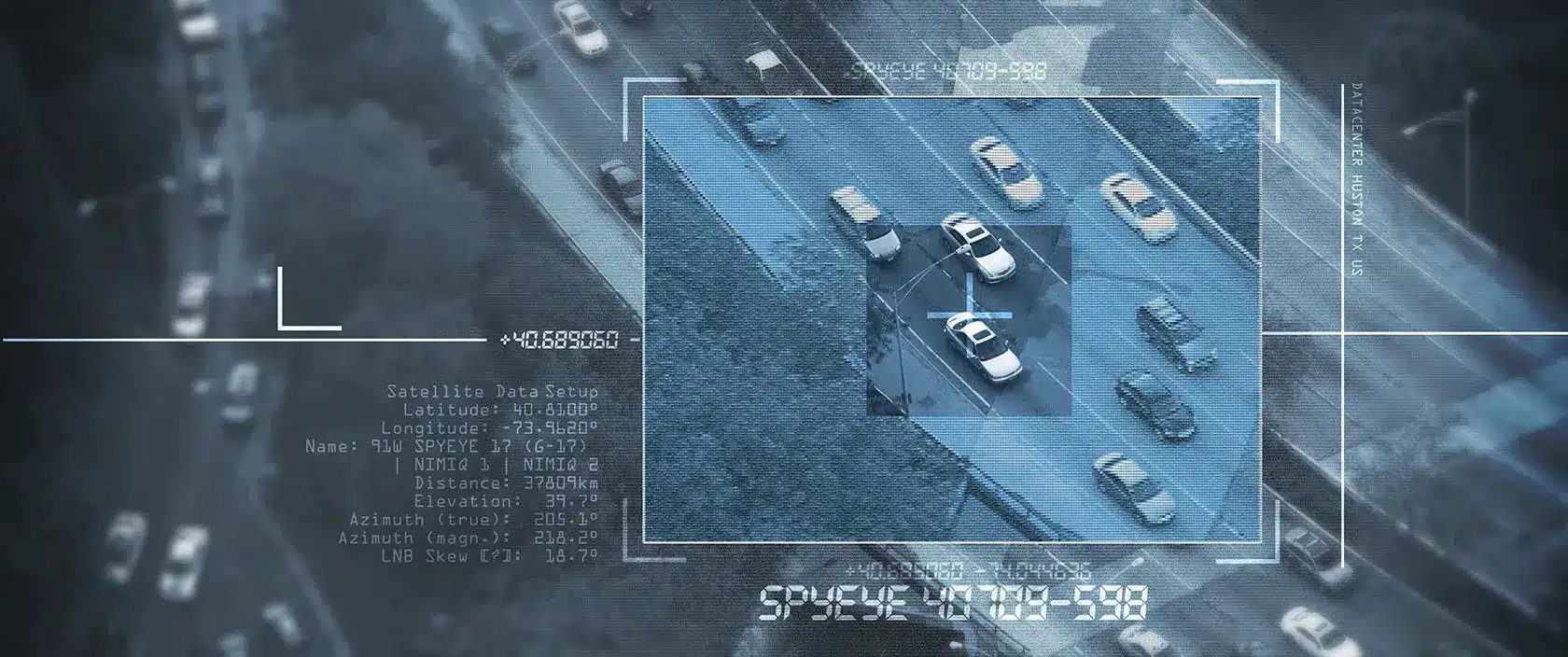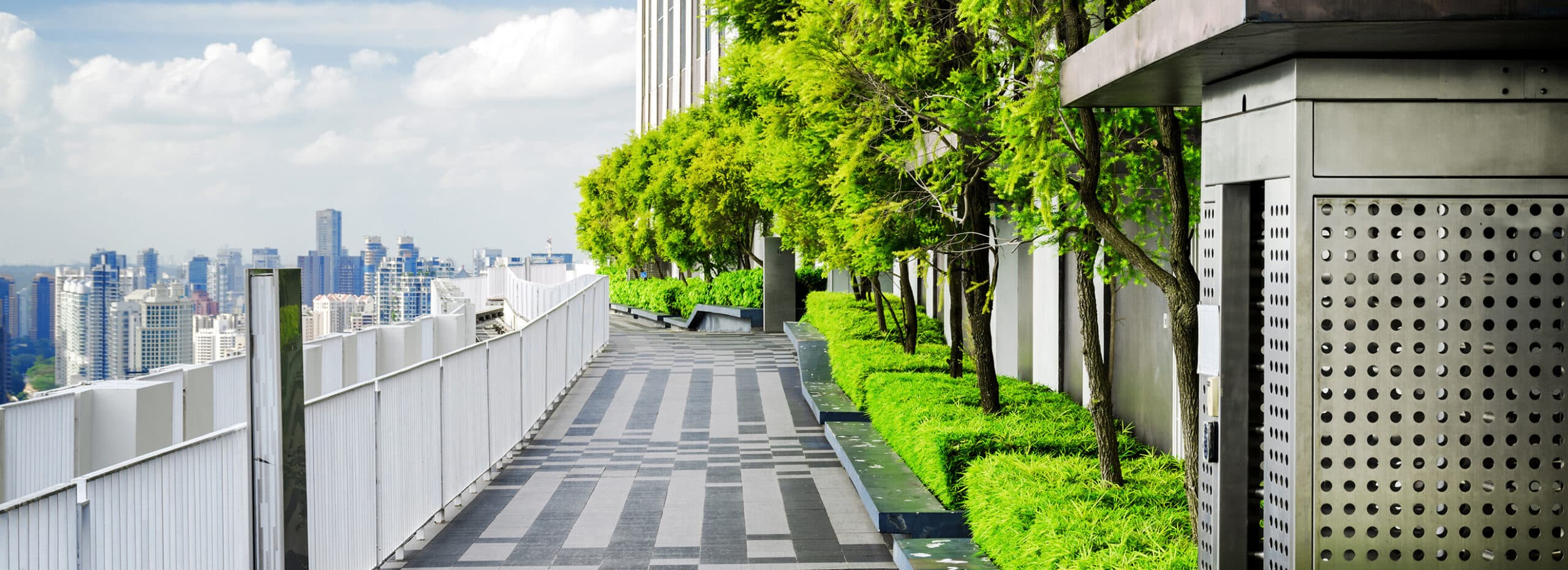The U.S. Department of Labor Bureau of Labor Statistics has shared good news. According to them, private industry employers reported 2.7 million workplace injuries and illnesses in 2020. This is down by almost 5.8% from 2019. While a downward trend is great news, there’s bad news. For private industry occupations, the median number of days away from work was 12 days, up from 8 days in 2019.
Many of the occupations with the highest incident rates resulting in days away from work are in nursing, construction, and retail. Nursing jobs have experienced a huge jump in the number of incidences. It is most likely due to healthcare being overwhelmed by the pandemic.
Construction is always one of the leading industries for injuries. It’s the nature of the work. And retail injuries affect mostly stockers, order fillers, and retail salespeople.
Of course, one injury is always too many.
Workplace safety requires more than just ensuring the workplace is safe and free of hazards. The companies with the best safety records have created a culture around safety. It must be woven throughout the entire company’s processes.
For 10 years, the Occupational Safety and Health Administration (OSHA) has indicated fall protection as the most commonly cited OSHA violation. In 2020, the top four violations were associated with poor fall protection and training. Thousands of severe workplace accidents every year are due to these violations.
And yet, most falls are preventable. A BLR survey of safety professionals shows over half of the slips, trips, and falls in the workplace are the result of human factors. The other two biggest causes of falls are wet or slippery surfaces and housekeeping issues.
Falls on wet and slippery surfaces can be avoided with proper processes and procedures as well as conducting safety training on a regular basis. OSHA reinforces the need for fall prevention training saying it’s the most effective way to reduce falls on the job and improve workplace safety.
The administration has partnered with the National Institute for Occupational Safety and Health and National Occupational Research Agenda (NORA) — Construction Sector on the Fall Prevention Campaign. It recommends planning ahead to get the job done safely by providing the right equipment and training everyone on how to use the equipment safely. When you don’t do these things, you’ll pay a high price.
The Cost of Not Taking Steps for Workplace Safety
It’s critical for workers to have the right personal protective equipment (PPE) for the tasks they do. One pair of gloves is not meant to be used for 10 different tasks. Some tasks require specific gloves. Not all scaffolds, ladders, and safety gear are meant to be used in different tasks and situations. Investing safety does not add to costs when you plan for it. Instead, experts advise including PPE and other safety equipment in the cost estimation of a project or task.
Purchasing the proper safety equipment costs less than cheap knockoffs. The National Safety Council reveals the average job-related, medically consulted injury cost a company $42,000 in 2019. The total cost of work injuries for 2019 was $171 billion, which jumped to $10 billion more than what was reported in 2017.
Remember the median number of days of missed work is 12. Well, try this on for size. The number of days of work lost due to injuries was 70 million days in 2019. Sometimes injuries in prior years can carry over to the following year. So, someone who gets injured on the job in 2021 could continue to miss work in 2022.
Besides, there are other costs involved with injuries. They delay the work, lower morale, and hurt customer service. All of these can affect the bottom line. The company could potentially pay a penalty for late work and watch its reputation take a hit. Customers will not be happy to find out a project will miss the target date. These unhappy customers could tell others not to do business with the company or talk about it publicly.
Companies can help prevent falls in the following four ways to maximize workplace safety and security for everyone.
1. Create and Follow the Safety and Security Plan
If you have a workplace safety and security plan, it should have a checklist of processes and procedures for securing the workplace and ensuring its safety. Every job will be unique as they have different tasks and equipment. Start and maintain a detailed list of tasks and safety processes for each one to make sure workers do everything correctly.
Verify you have the following in the workplace safety and security plan:
- Background checks on all prospective employees. (Do the same for your vendors too.)
- Process for tracking vendors and visitors on the site.
- Traffic map showing the flow of workers, vehicles, and visitors.
- List of emergency contacts, including local emergency services.
Some jobs, especially construction, will need procedures for cold and hot weather. Summer has different requirements for working with equipment than winter. Remember that some equipment will need winterization. Maintain a list of scenarios that may happen in the different seasons or when work is shut down for longer than a weekend.
2. Conduct Training on a Regular Basis
There is one thing companies that go longer without a workplace incident have in common. They hold safety training on a regular basis. Training is one of the most effective ways to reduce risk.
This should include demonstrations on fall protection and how to inspect equipment. Model the proper way to prepare, use, and shut down equipment. Be sure to cover which equipment, PPE, tools, and gear to use for specific activities.
Workers will need to be trained again when the weather warms up or cools down. For colder weather, workers will need to know about the signs of illness and hypothermia. The faster they catch it, the quicker they will recover. It needs to be in the security and safety plan as well as the topics to cover and the frequency of holding the training. For one, all new employees must undergo safety training on the first day of work.
Moreover, winter has its own PPE requirements and equipment preparation processes. For example, some tools or equipment may need warming up before use. While it delays getting started, properly prepping the equipment minimizes damage and extends its life. You’ll save money while protecting workers.
Another reason for creating a safety plan and processes is that a lot of hazards can be prevented. A study has shown that workers knew about a hazard and never said anything. This is why you need to discuss “see something, say something” in the training to encourage employees to report hazards and problems. They are your best resource for catching them. Nonetheless, some are afraid to speak up in fear of retaliation. Therefore, give them an easy way to anonymously report problems.
It’s too easy to forget steps and other things. This is why it’s absolutely essential to conduct training regularly. A study has found that companies that do training on a regular basis have the fewest work-related injuries.
Remember, the language you conduct the training in may not be your staff’s first language. They absolutely need to understand the training. Bring in a translator or interpreter if needed.
3. Invest in Personal Protective Equipment (PPE)
OSHA’s personal protective equipment guide lists the standards, addresses the responsibility of paying for PPE, contains a reference for proper PPE selection and use, and points to standards for the construction industry.
Do not let the price factor in selecting the right PPE. It’s one of the best investments companies can make for worker safety. Cheap PPE may fail and that’s not a risk you want to take. Again, companies with the lowest rate of injuries are sticklers about conducting training as well as properly budgeting for PPE. The right gear for the right season leads to fewer worker injuries, saves money, and minimizes lost workdays.
4. Monitor the Workplace for Safety Hazards
You can conduct training on a consistent basis, buy the proper PPE, and do everything right. And yet, it can fall apart when something breaks, or a worker makes a mistake. They may put a tool down in an unsafe spot. They park the equipment in a dangerous location. The inclement weather creates dangerous conditions that can turn into a fall hazard. Hence, new hazards pop up every day.
The most efficient and cost-effective way to watch over the property is with remote video surveillance. Video cameras are not just for security. They’re also an invaluable health and safety tool. Monitoring the workplace can help verify workers are preparing and using equipment correctly. Video surveillance can also help spot dangerous conditions and other fall hazards.
Recall that human factors are the most common cause of falls. Proactive video surveillance with video analytics and trained monitoring operators could close that gap. The combination of analytics with monitoring operators allows the video surveillance system to help find things quickly and fix them right away before they become problems.
Security cameras can do more than watch for workplace safety and security problems. It can also monitor for leaks and floods. The earlier the problem is caught, the less damage there will be. Video surveillance with analytics and trained monitoring operators can watch the entire property simultaneously and effectively.
Another advantage is that the monitoring operator isn’t on your property. This means their lives are never at risk and no one from the workplace site can try to recruit them to plan internal theft. With remote video surveillance, you’ll help mitigate your workplace safety and health risks while amplifying security.
It could save a lot of time and money because it will help prevent injuries, reduce liability, and deter crime. The video surveillance system records everything. You’ll have the proof you need. You can also use the recordings for training workers on the right way to do things.
Security companies like Stealth get results by customizing remote video surveillance for your business. To learn more, check out this free guide on Remote Video Surveillance: More Than Just Catching Criminals or contact us.




